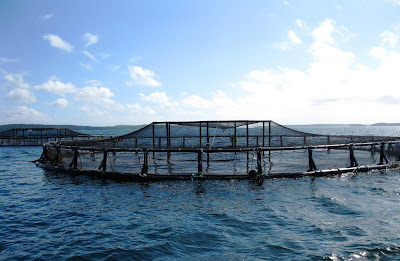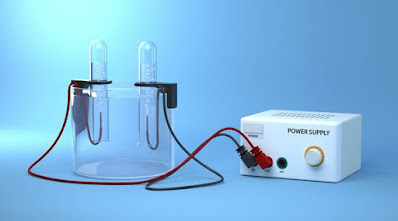Electricity and energy storage
Nonrenewable fuel sources have some functions that appear difficult to defeat. They're loaded filled with power, they're simple to shed and they're suitable with many engines and generators. Creating electrical power utilizing gas, oil, or coal economicals, and provides total assurance regarding, and manage over, the quantity of electrical power you access any type of moment.
On the other hand, exactly just how a lot wind or solar electrical power we could produce isn't really something that we appreciate a great deal of manage over. It is challenging to also properly anticipate when the sunlight will luster or the wind will strike, so sustainable power outcome varies. Electrical power grids could just endure a restricted quantity of fluctuation, so having the ability to keep extra electrical power for later on is essential to changing from nonrenewable fuel sources.
Hydrogen appears preferably fit to satisfy this difficulty. Compared with batteries, the storage space capability of hydrogen is limitless – the electrolyser which creates it from sprinkle never ever fills up up. Hydrogen could be transformed back right into electrical power utilizing a gas cell as well, however rather a little bit of power is shed at the same time.
Sadly, hydrogen is the lightest gas therefore it is challenging to keep and transfer it. It could be liquefied or kept at really high stress. However after that there is the set you back – green hydrogen is still 2 to 3 times much a lot extra costly compared to that created from gas, and the expenses are also greater if an electrolyser is just utilized intermittently. Preferably, we might allow hydrogen respond with CO₂, either caught from the air or drawn from flue gases, to create sustainable fluid gases that are carbon-neutral, a choice that we're examining at the Debye Institute at Utrecht College.
Hefty market
Stephen Carr, Lecturer in Power Physics, College of Southern Wales
Market is the 2nd many contaminating industry in the UK after transfer, representing 21% of the UK's overall carbon discharges. A big percentage of these discharges originate from procedures including warm, whether it is shooting a kiln to really heats to create concrete or producing heavy vapor to utilize in a stove production food. The majority of this warm is presently produced utilizing gas, which will have to be switched out with a zero-carbon gas, or electrical power. Tahapan Bermain judi Bola Online 1x2 Terbesar
Let's search in deepness at one market: porcelains production. Right below, high-temperature straight home heating is needed, where the fire or warm gases touch the product being heated up. All-natural gas-fired burners are presently utilized for this. Biomass could produce zero-carbon warm, however biomass materials are restricted and typically aren't finest fit to utilize in straight home heating. Utilizing an electrical kiln would certainly be effective, however it would certainly involve an upgrade of current devices. Producing electrical power has a equally high set you back as well.
Switching gas with hydrogen in burners might be less expensive general, and would certainly need just small modifications to devices. The Board on Environment Alter, which recommends the UK federal government, records that 90 TWh of commercial fossil gas power annually (comparable to the overall yearly usage of Wales) might be changed with hydrogen by 2040. Hydrogen will be the most affordable choice in many situations, while for 15 TWh of commercial fossil gas power, hydrogen is the just appropriate option.



